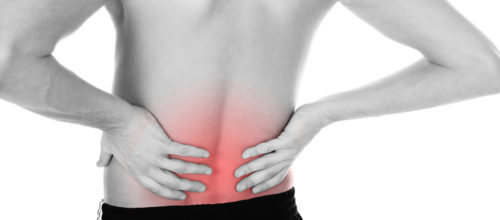
Guidelines for a healthier back according to the NATA and AAOS
Here are some helpful tips to avoid back pain!
- Stay mobile –There are many ways to increase mobility including daily stretches or activities that increase flexibility and get the body moving in different directions. Some options are yoga, tai chi, swimming or Pilates.
- Warm up before physical activity – Keeping muscles warmed up and staying mobile will decrease the chance of injury. Engage in a low-impact activity prior to participating in sports or exercising.
- Work on strength training – Improving overall strength will reduce stress on the back. Exercises should involve the whole body, especially the core muscles of the stomach, back, hips and pelvis.
- Don’t forget cardiovascular training – Physical activity – such as walking, swimming and running – for at least 20 minutes, three times a week, increases muscular endurance and cardiovascular fitness, and improves blood flow to the spine. Exercise also helps decrease daily stress that can tighten muscles.
- Straighten up – Correct posture doesn’t just look better, it feels better, too. Be sure to stand with your head up, shoulders straight, chest forward and stomach tight. Try not to sit or drive for long periods of time. When seated always remember to keep your hips and knees at right angles to one another and find a chair with adequate lumbar (lower back) support.
- Lift using your legs, not your back – When lifting objects from a position below your waist, stand with a wide stance and a slight bend at your hips and knees. Tighten your stomach as you lift and keep your back as flat as possible – do not arch or bend.
- Carry with care – When carrying heavy objects, keep them as close to your body as you can. Always avoid carrying objects on only one side of your body. With more and more Americans traveling with computer bags and carry-on luggage, it’s essential to adhere to proper carrying and lifting techniques at all times.
- Get adequate rest – Select a firm mattress and box spring that do not sag, and try to sleep in a position that allows you to maintain your back’s natural curve.
- Maintain a healthy lifestyle – Obesity and smoking are known to increase the incidence of back pain and decrease overall quality of life. Live healthier to reduce back pain.
- Build in rest breaks – If you are physically active or enjoy athletics at any level, remember to build rest days and rest breaks into your weekly routine. The body needs time to recover from activity, and adding these breaks will allow your muscles to repair and decrease the potential aching back that can come from overuse.
